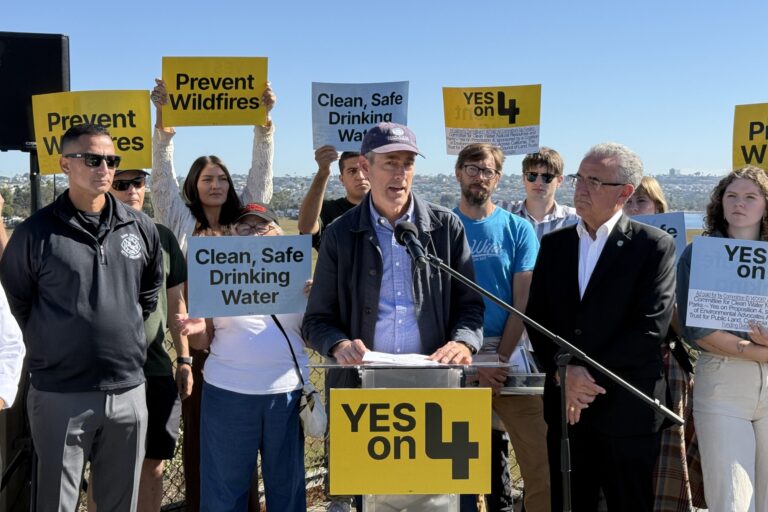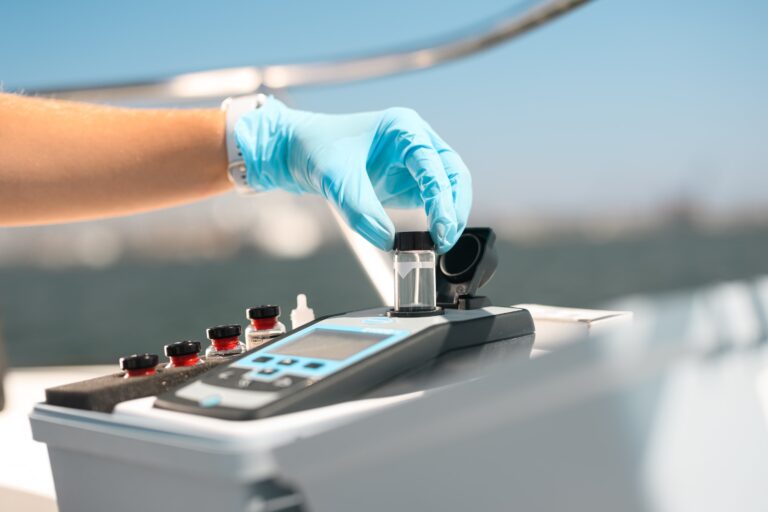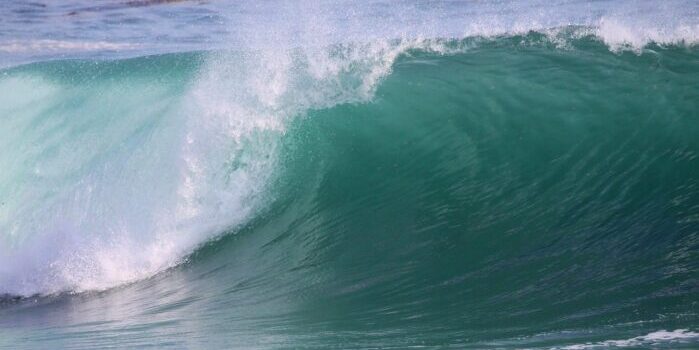Online, color-coded map shows residents water quality in their communities
SAN DIEGO, May 10, 2016— Today, San Diego Coastkeeper, an organization protecting and restoring San Diego County’s fishable, swimmable, drinkable water, published its 2015 San Diego County Water Quality Report. The organization’s data indicate, for the second year in a row, that the drought may be worsening inland water quality and that trash in San Diego County’s watersheds remains a serious problem.
“Our inland waters empty to the ocean. These inland water quality problems directly impact the water quality of our beaches, too, making them less safe to swim and fish,” says San Diego Coastkeeper Lab Coordinator Meredith Meyers.
The organization uses a suite of indicators to calculate an overall 2015 Water Quality Score for each of the nine San Diego County watersheds that it monitors. Each is linked to more details about the watershed’s 2015 water quality:
San Luis Rey – 80 – Fair
Carlsbad – 80 – Fair
San Dieguito – 76 – Fair
Los Peñasquitos – 74 – Fair
San Diego – 62 – Marginal
Pueblo – 56 – Marginal
Sweetwater – 54 – Marginal
Otay – 57 – Marginal
Tijuana – 14 – Poor
The report indicates that low water levels in our rivers and streams, caused by our region’s fourth consecutive year of drought, may be worsening countywide inland water quality. Over three quarters of the nonprofit’s water samples contained unsafe levels of fecal indicator bacteria, a measure used to predict the presence of pathogens that cause health issues like staph infections, earaches, and eye infections. Inland waters carry these pathogens to the ocean, putting both swimmers and coastal fish populations at risk.
Overall, the 2015 data also highlight the problem of runoff pollution in San Diego County’s rivers and streams.
“Rain, wind and storm drains bring trash and toxic runoff to our inland waters where it travels straight to the ocean,” says Meyers. “Even litter that begins miles away from the coast can reach the Pacific, where it harms fishing populations and our coastal wildlife.”
San Diego Coastkeeper collects monthly water quality data from across the County through its volunteer-supported Water Quality Monitoring program. The program, which is the largest of its kind in California, trains volunteer scientists to collect vital water quality data to supplement efforts within the government. In 2015, 194 trained volunteers gave a collective 1,808 hours. The nonprofit also trained 74 new water quality monitoring volunteers and plans to triple its trained volunteer force by 2018.
Additionally, after each month’s sampling, San Diego Coastkeeper updates its online, color-coded water quality map. See April 2016’s water quality results.
Read the full water quality report: Water Quality in 2015 – How Our Drought’s Low Water Supply Causes Worse Water Quality. As a trained Water Quality Monitor, volunteers can learn how to generate vital, scientifically sound data to better inform decision-makers and the public. Visit San Diego Coastkeeper’s website to learn more, sign up for training, to view the 2016 water quality-monitoring schedule and to donate to help the organization continue doing this important work.
###
San Diego Coastkeeper Founded in 1995, San Diego Coastkeeper protects and restores fishable, swimmable and drinkable waters in San Diego County. For more information, visit San Diego Coastkeeper online at https://www.sdcoastkeeper.org.













